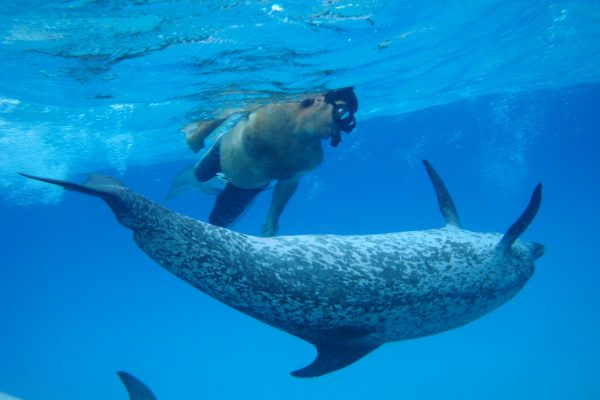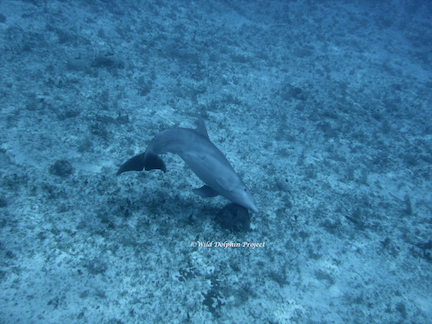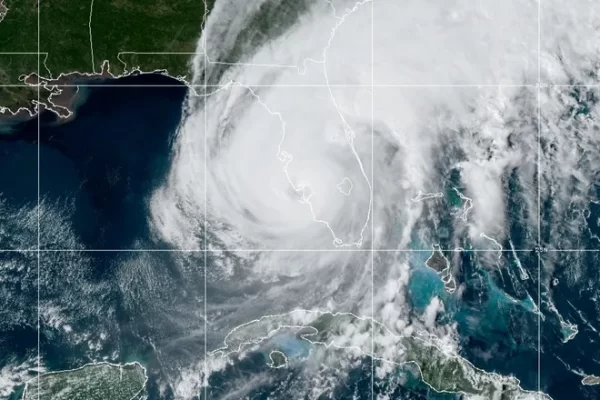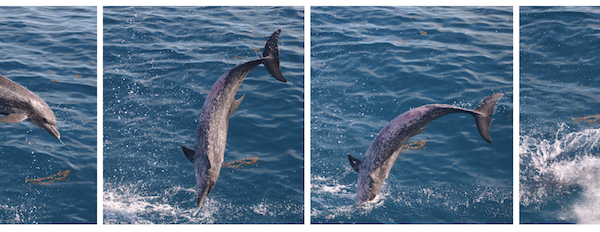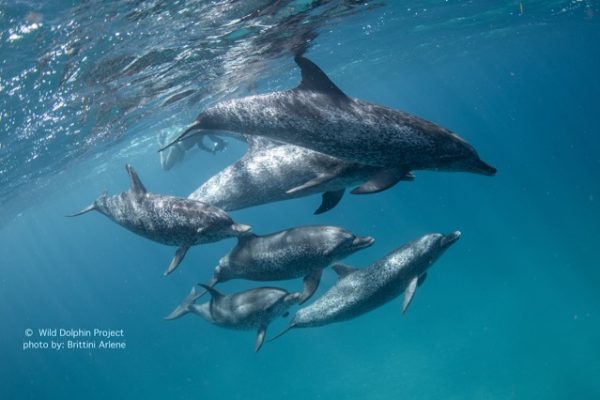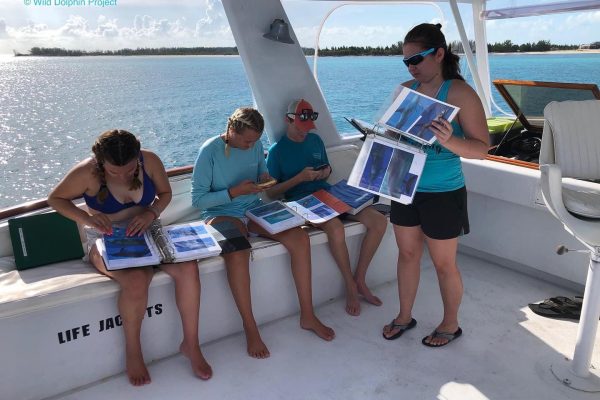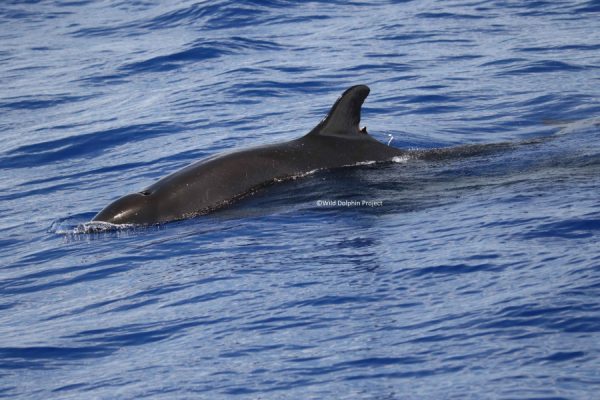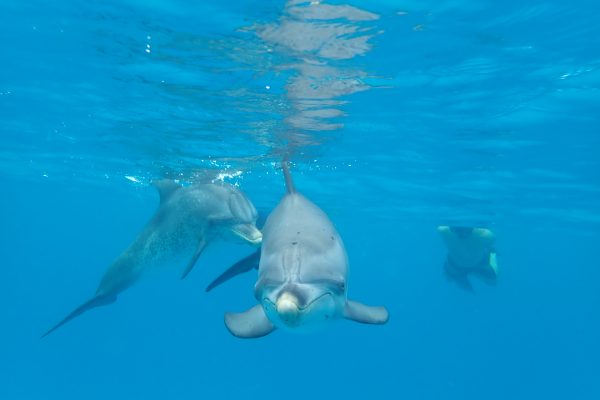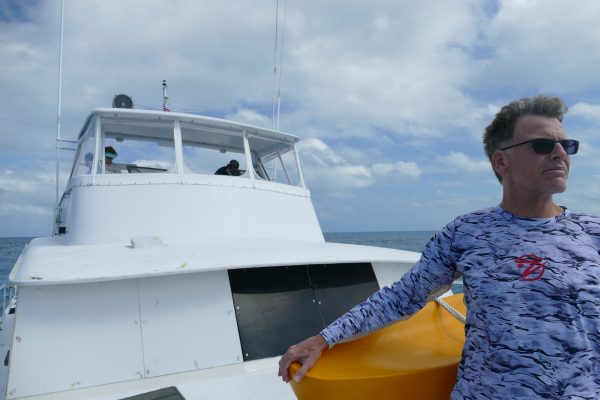Meet the Team: Captain Pete (Returns!)
After 7 years away, Captain Pete has returned to the Wild Dolphin Project! Captain Pete returns to the project with decades of experience, both with us and other vessels, holding a U.S. Coast Guard 1600-ton master license, open oceans. He filled in for our last two trips of the 2022
Bottom Behavior
Be sure to check out all of the blogs in this rare behavior series (Can anyone hear me, Pesky Remoras, Bottom Behavior, Bubbles, Synchrony).The dolphins that we study in the Bahamas are often observed over sandy stretches of habitat. Over the decades we have observed some rare behavior and use
How Hurricanes Impact Wildlife
Our hearts break to think of what Floridians are experiencing right now due to Cat 4 Hurricane Ian, one of the most powerful storms ever recorded in the U.S. As Ian tears across the state of Florida, leaving a path of destruction and loss, we wanted to share the impacts
Pesky Remoras
The Wild Dolphin Project was started by Dr. Denise Herzing back in 1985. Since then Dr. Herzing, along with her colleagues and graduate students, has put out multiple peer reviewed research papers on the behavior, acoustics, and ecology of the two species we study in the Bahamas: the Atlantic spotted
Can Anyone Hear Me?
The Wild Dolphin Project was started by Dr. Denise Herzing back in 1985. Since then Dr. Herzing, along with her colleagues and graduate students, has put out multiple peer reviewed research papers on the behavior, acoustics, and ecology of the two species we study in the Bahamas: the Atlantic spotted
New Research: Making Friends!
A natural social experiment has been taking place in Bahamian waters, and we’ve been there to witness it. As it turns out, dolphins can make friends with strangers, according to our new research published in the journal Marine Mammal Science. Exodus In 2013, about 50% of the Atlantic spotted dolphins
Interning at the Wild Dolphin Project
For current students, whether that’s as an undergraduate or graduate student, we offer an internship program to gain hands-on experience working as a dolphin field biologist! So what’s it like and what can you expect to learn? Read on. Heading to Bahamas Interns arrive to greet the crew at our
Bonus Sightings : False Killer Whale or Pilot Whale
On our most recent trip to the Bahamas, we had the incredible chance to view a relatively rare marine mammal — the false killer whale (Pseudorca crassidens). These sea wolves are social, intelligent, hunt in packs, and are found in deep offshore waters. They are also entirely black. Adult females
Dolphin Detective
Much of our long-term work studying dolphins in the Bahamas relies on identifying individuals in the population. By tracking individuals we can understand patterns in relationships, communication, and behavior differences between sexes and age classes, among many other things. To do this, sometimes requires a bit of detective work. We
Meet the Board: Vice President, Drew Mayer
Drew’s heart has always belonged to the natural world, but by age 23 he joined Shearson/American Express and found himself on Wall Street for the next 20 years where he developed into an investment manager specializing in pattern recognition and what is now known as algorithmic trading at Prudential-Bache and UBS. However, in 2004

